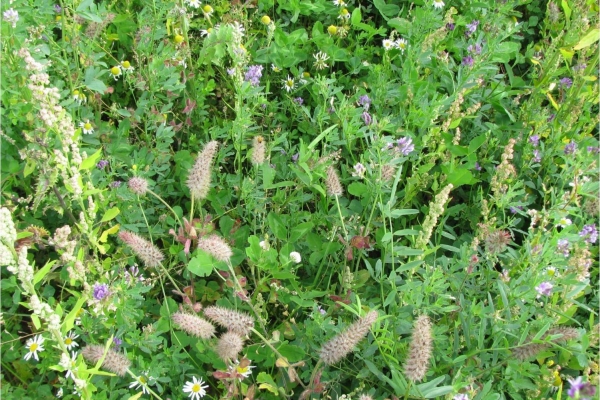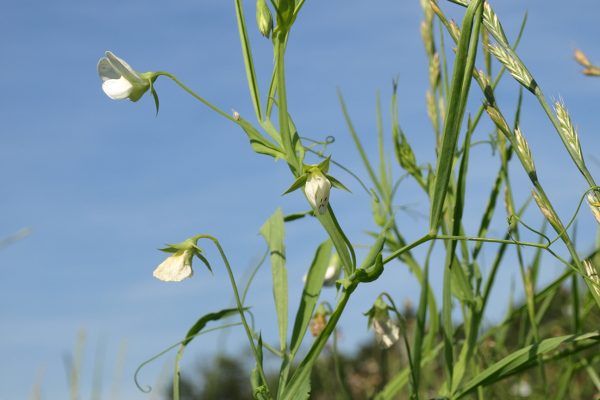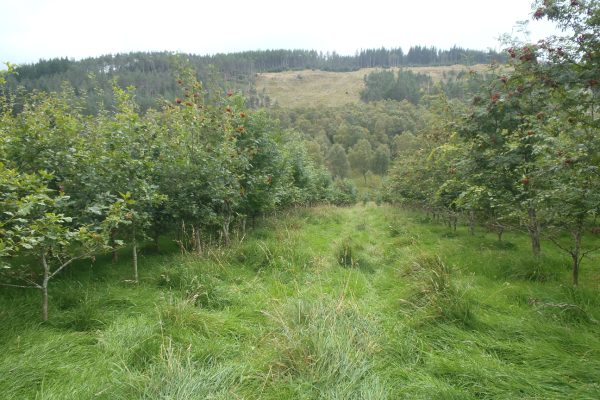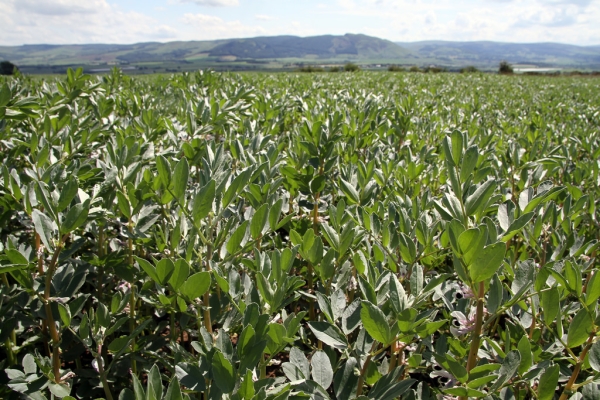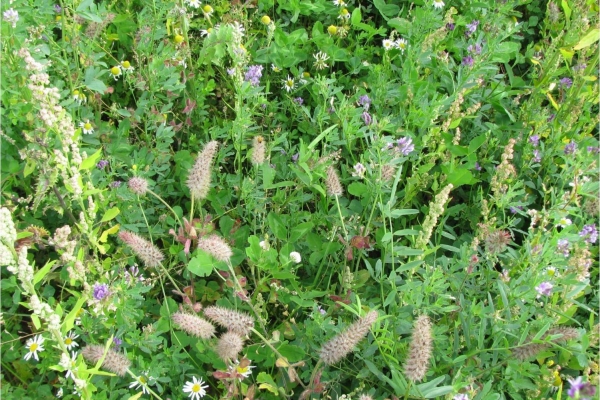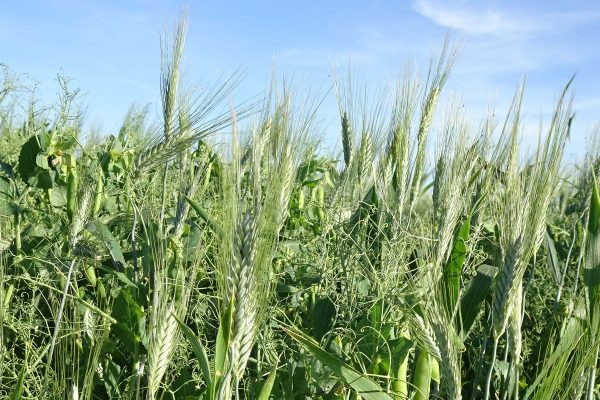Legume Futures
Legume-supported cropping systems for Europe
Resource explained
This is the website for Legume Futures; an international research project (that formally ended in February 2014). The ‘Welcome’ page introduces the important role legumes play in crop rotations, livestock feeding and our diets. Legumes host nitrogen-fixing bacteria and improve soil fertility. It is suggested they are therefore very relevant to the challenges and opportunities facing agriculture; particularly reducing greenhouse gas emissions, enhancing farmland biodiversity and protecting soil and water resources. The project, co-ordinated by Scotland’s Rural College, aimed to develop legume use in cropping systems and positively impact on the economic and environmental performance of European agriculture. It developed new cropping sequences for agricultural regions and conducted economic assessments of them. It also assessed the environmental impact of relevant farming system changes, focusing on greenhouse gas emissions, nitrogen budgets, biodiversity and soil function. You can access lots of information about the research and ways in which legumes can be managed from here.
Findings & recommendations
From the ‘Welcome’ page you can access the following particularly useful information:
- ‘Often profitable: Grain legumes in cropping systems’ (under ‘Legume Futures News’); a March 2015 press release from the project which focuses on effective integration of grain legumes in to arable cropping systems.
- Many relevant and interesting reports that can be accessed under the different sub headings of ‘Results.’
- ‘Legume facts for policy makers’, which can be accessed under ‘Policy briefings’ (It was recognised that the impact of Legume Futures depended to a significant extent on the development of public policy, particularly the Common Agricultural Policy).
- Presentations that were delivered during the course of the project.
- ‘Newsletters’ that gave project updates and outputs.
- Issues of ‘The Grain Legumes Journal’, which can be accessed under ‘Other information’ (a quarterly scientific publication of the European Association of Grain Legumes Research aimed at readers interested in the development and use of grain legume crops).



